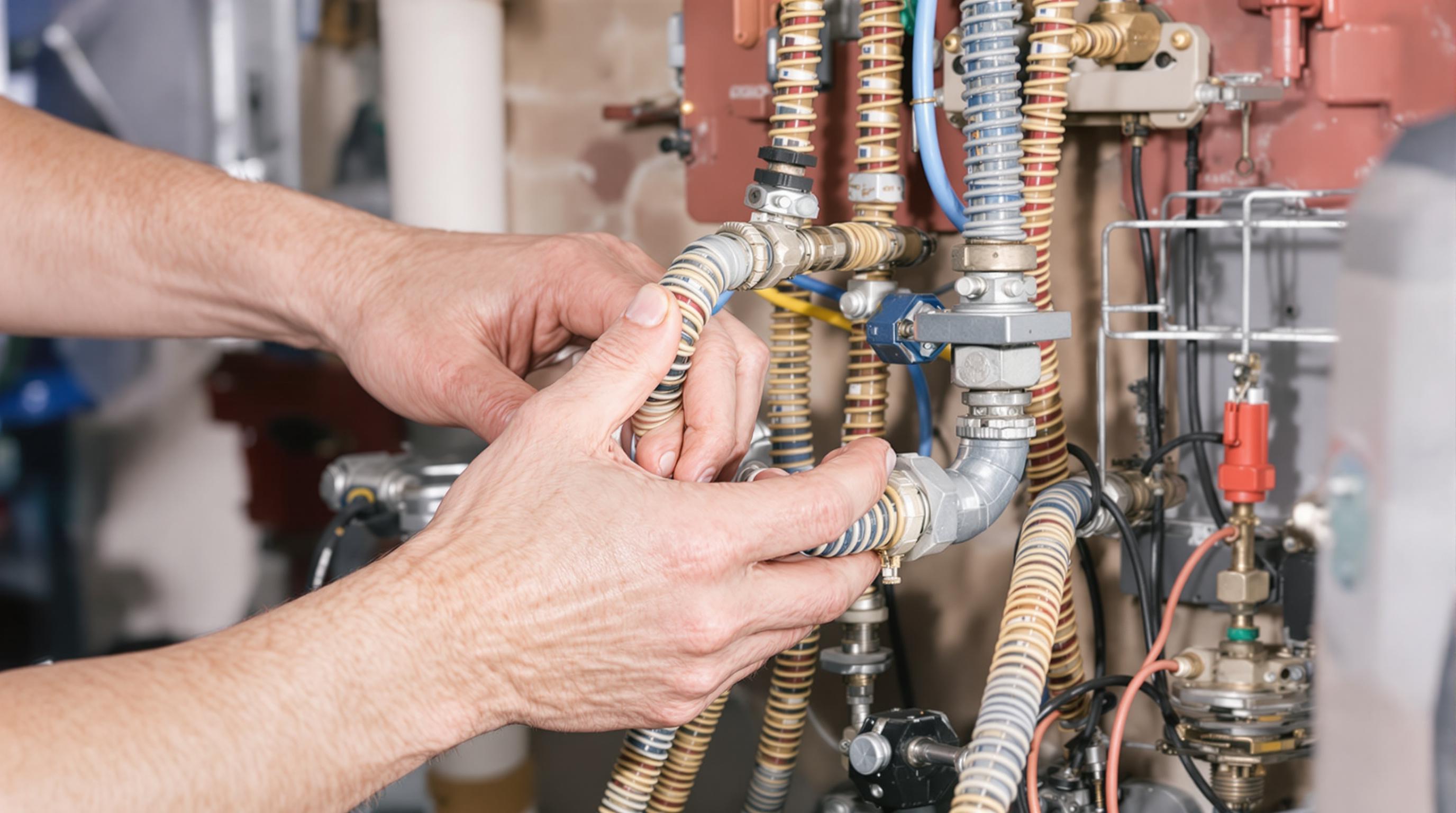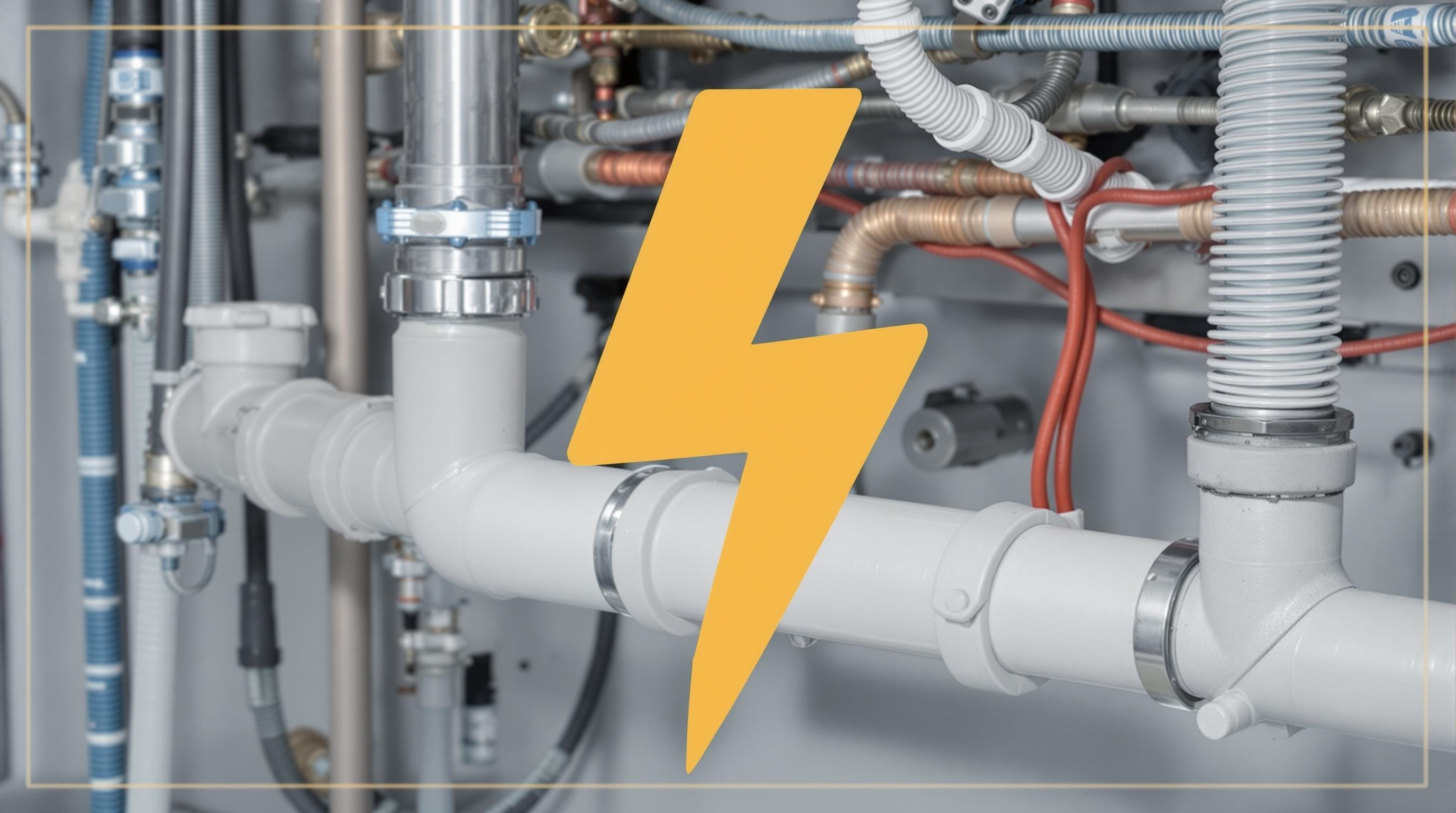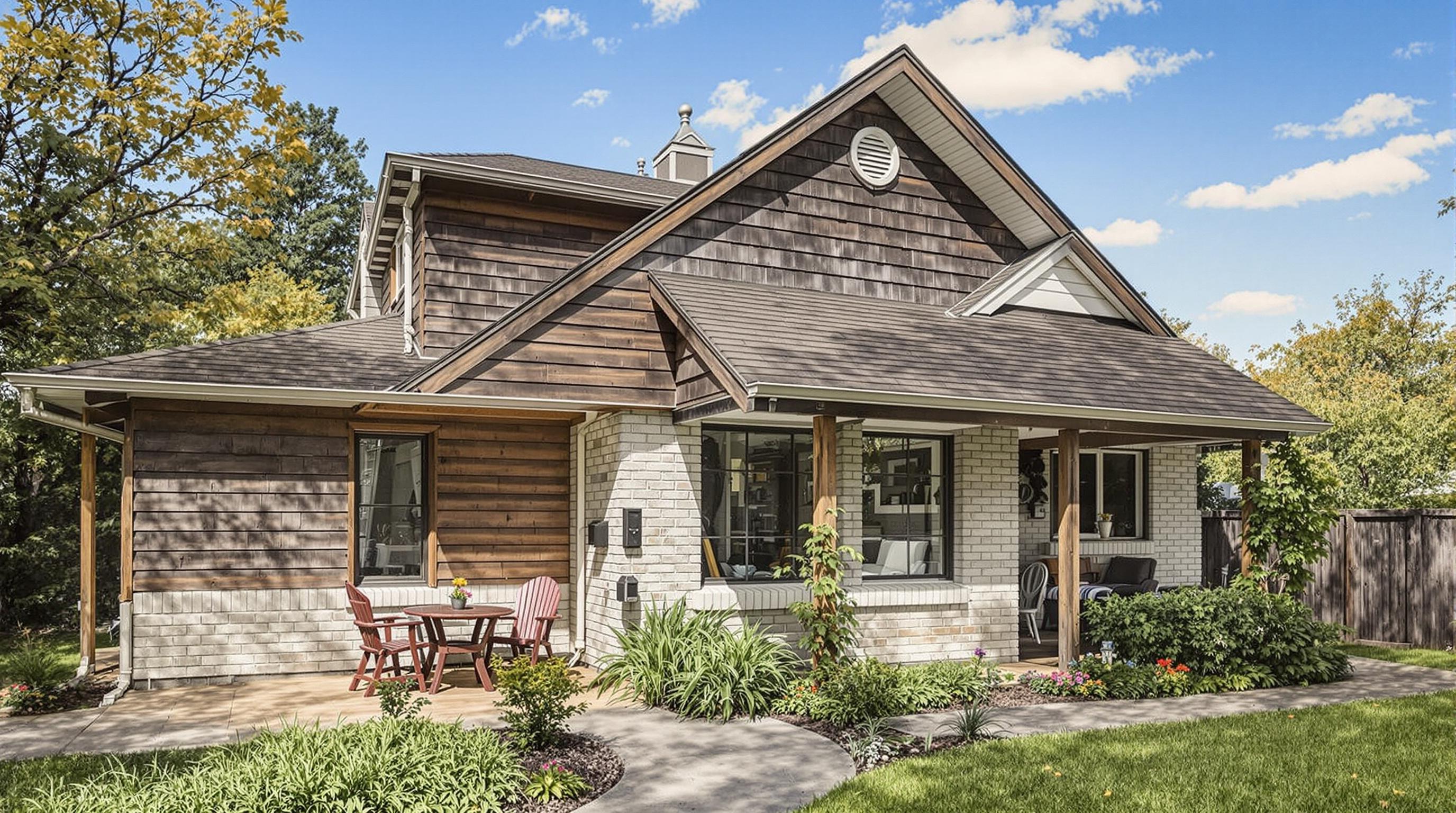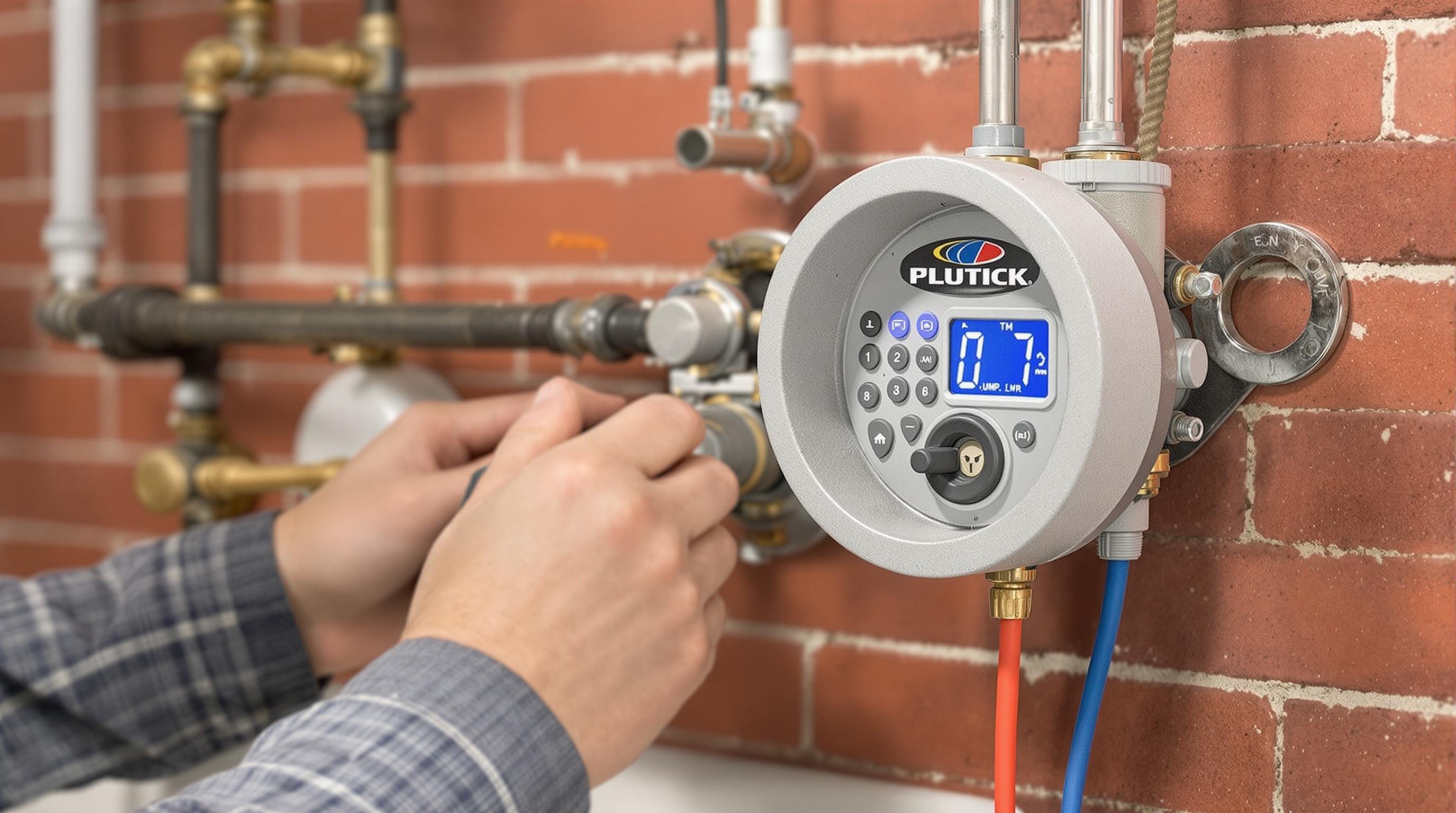Related Articles
- The Hidden Influence of Ergonomics: How Tool Design Shapes Our Physical Spaces and Daily Lives
- The Silent Influence: How Hidden Home Implements Shape Our Daily Routines and Spaces
- The Counterintuitive Role of Chaos: How Messy Tool Storage Can Lead to Unexpected Home Innovations
- Exploring the Unseen: How Audio Experiences Shape the Art of Domestic Spaces and Color Perception
- Rethinking the Mundane: How Everyday Objects are Becoming the Canvas for Modern Artistic Expression in Home Spaces
- Cultivating Chaos: The Surprising Benefits of Embracing Weeds in Your Garden Ecosystem
Hidden Risks: The Surprising Role of Plumbing and Electrical Layouts in Property Value and Market Trends
Hidden Risks: The Surprising Role of Plumbing and Electrical Layouts in Property Value and Market Trends
In the intricate tapestry of property valuation, the often-overlooked aspects of plumbing and electrical layouts play a surprisingly pivotal role. As market trends shift and buyers become more discerning, understanding these hidden risks can be the key to maximizing property value.
The Silent Deal-Breakers
Picture this: you're walking through a charming home, feeling that spark of potential. Everything seems perfect until you spot a panel of knotted wires or a slightly sagging pipe. In the realm of real estate, these silent deal-breakers can dramatically alter a property's value.
A Case Study: The Price Drop Dilemma
Consider the case of a quaint little bungalow in a rapidly appreciating neighborhood. The owners, enamored by trends showing a 12% increase in property values, decided to list their home at a premium. They underestimated the plumbing issues lurking beneath the surface, leading to a 20% drop in offers after buyers conducted inspections. This experience isn’t unique; innumerable homeowners face similar disappointments, proving that visible charm can mask serious hidden risks.
The Statistics Speak Volumes
According to a study by the National Association of Realtors, nearly 68% of homebuyers prioritize the home's mechanical systems, which include plumbing and electrical layouts, in their buying decision (NAR, 2023). A property with outdated or faulty systems can reduce perceived value significantly, sometimes by as much as 30% in competitive markets.
Understanding the Buyer’s Perspective
In today’s market, buyers are savvier than ever. Younger generations, particularly Millennials and Gen Z, are researching properties online, comparing features, and demanding transparency. According to a survey by Zillow, 52% of first-time buyers stated they prefer homes with updated plumbing and electrical systems because they view them as investments in the future (Zillow, 2023).
The Real Cost of Repairs
Let’s dive into the numbers further. The expense of a complete plumbing overhaul can range anywhere from $5,000 to $15,000, depending on the complexity, while electrical rewiring can set a homeowner back between $3,000 and $8,000. These significant investments are often factors prospective buyers consider when assessing how much they’re willing to pay. As they calculate the total cost of ownership, a home with these risks lurking below the surface can quickly become unattractive.
Your Plumbing and Electrical Checklist
Before listing a property, consider a proactive approach—create a checklist. Ensure you cover critical elements such as:
- Inspecting all visible piping for leaks and corrosion
- Checking electrical panels for outdated circuit breakers
- Ensuring all outlets are grounded and functional
- Examining the age and condition of water heaters and HVAC systems
Addressing these common but crucial vulnerabilities can enhance property value and appeal to buyers not looking to inherit problems.
What Happens in an Inspection?
Home inspections can be a nerve-wracking time for sellers. Findings during inspections about plumbing and electrical systems often lead to renegotiations or, worse, deals falling through. About 41% of buyers reported that plumbing issues were a significant red flag, according to HomeAdvisor (2023). This isn’t just a minor hurdle; this is a full-blown warning siren.
Why You Should Care
Here’s the thing: your home represents more than just a roof over your head—it’s an investment peace of mind. The average person will buy and sell numerous properties in their lifetime. Failure to address hidden technical risks before listing can result in lost equity and opportunity cost.
Suppose you are the buyer with a million-dollar budget. You walk into a home that seems delightful until you notice a drippy faucet. You might dismiss it as a minor inconvenience, but what if that faucet leads to mold growth behind the walls? The unexpected repairs might lead you to question the entire investment, which can crush offers before even getting to the negotiating table.
Renovation vs. Replacement
When faced with outdated plumbing or electrical systems, what route should homeowners take? Renovation can offer a short-term fix; however, replacement ensures long-term peace of mind. HomeAdvisor reports that an extensive renovation can recoup only about 67% of its costs in property value, while complete replacements tend to yield a higher return when selling (HomeAdvisor, 2023). Therefore, investing wisely can lead to significant payouts down the line.
A Comedic View: Plumbers and Electricians Unite!
Now, let’s sprinkle in a bit of humor. Have you ever noticed how electricians and plumbers seem to emerge from some underground society of mystics and miracle workers? It’s like they possess sacred knowledge of the universe, armed with plungers and voltage testers! When they come knocking, it’s never a good sign unless you enjoy living on the edge of a circuit overload.
Funny as it may sound, it’s the truth. You can bet that if a buyer sees a 20-year-old electrical panel or vintage plumbing, they’re likely to run faster than a tik-tok dance challenge. Knowledge is power, and having an updated system can truly save the day (and the deal!).
The Long-Term Game
From a long-term perspective, investing in quality plumbing and electrical systems can prove beneficial in rising markets. A reasonably maintained home with these systems up to code can enjoy appreciation that outpaces competitors. Not to mention, you’re contributing to the home's longevity and reducing the risk of future calamities (both financially and physically).
Understanding Market Trends
The real estate market is constantly fluctuating, but certain trends stand firm. For instance, during economic downturns, buyers tend to shy away from properties needing significant repairs. A home that might fetch $300K today could plummet in value in a recession if buyers perceive risks associated with its mechanical systems. Keeping up with the trends will place you in a better position to take action and understand what buyers want.
Engage Professionals
Lastly, always engage professionals when addressing plumbing or electrical concerns. A qualified inspector can provide invaluable insights and transparency about your home’s condition. Taking the time to professionally assess these systems can save you thousands down the line, translating into a more valuable and saleable asset.
A Final Thought
Ultimately, the hidden risks associated with plumbing and electrical layouts may not catch the eye immediately, but they hold a potent influence over property value and market trends. Harnessing the knowledge discussed in this article leads to wiser investment decisions and successfully navigates the complexities of real estate.
Be it a casual homebuyer or a seasoned investor, understanding these nuances is a step toward empowering yourself in the fickle world of real estate. So, don your hard hats and have your wiring checked—because beneath the surface lies a universe of potential value waiting to be unlocked.





